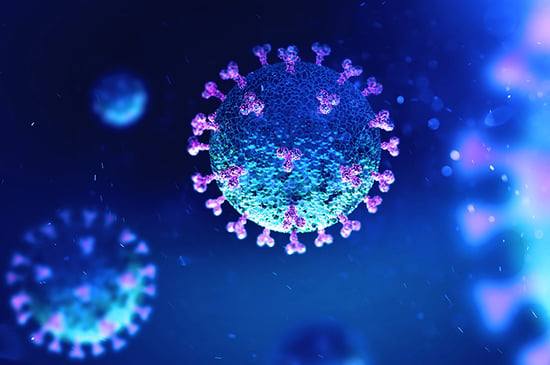
Since its appearance in 2019 in Wuhan, China, COVID-19 has impacted the health and lives of millions of individuals worldwide. Evidence is now emerging that for a subset of individuals, COVID-19 symptoms can persist well past the acute SARS-CoV-2 infection. This condition, termed long COVID or post-acute sequelae of COVID-19 (PASC), can affect multiple organs and systems; however, the mechanisms underlying long COVID are poorly understood, partially due to a lack of suitable experimental models.
SARS-CoV-2 mediates cellular infection by binding to the human ACE2 receptor. Mouse and rat ACE2 proteins cannot efficiently mediate SARS-CoV-2 infection, thus wild type mice and rats cannot be used to model COVID-19. The mouse models most commonly used for COVID-19 research are random transgenic models that artificially express human ACE2 under the control of a non-specific promoter. While most of these mice show some COVID-19 phenotypes, none of them fully recapitulate the disease course observed in COVID-19 patients. Additionally, these models exhibit high mortality rates shortly after SARS-CoV-2 infection, making them less than ideal for investigating long COVID.
In his webinar, Dr. Justin Zhao will discuss Inotiv's new hACE2 knockin mouse and rat models.
Watch this presentation to learn about:
- The development of our hACE2 mouse and rat models.
- The differences between our hACE2 knockin models and commonly used hACE2 transgenic models.
- The characterization of our hACE2 knockin models and their susceptibility to SARS-CoV-2 infection.
Complete the form to watch the on-demand webinar now!

